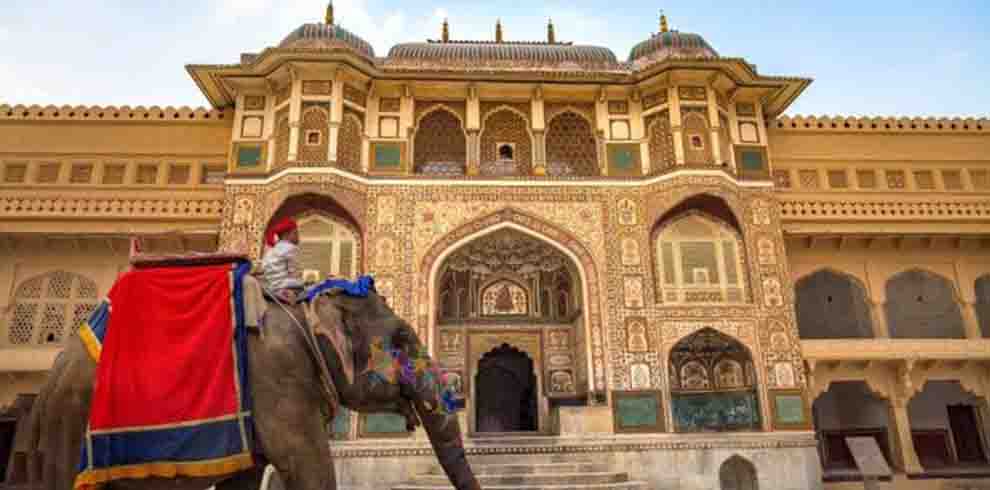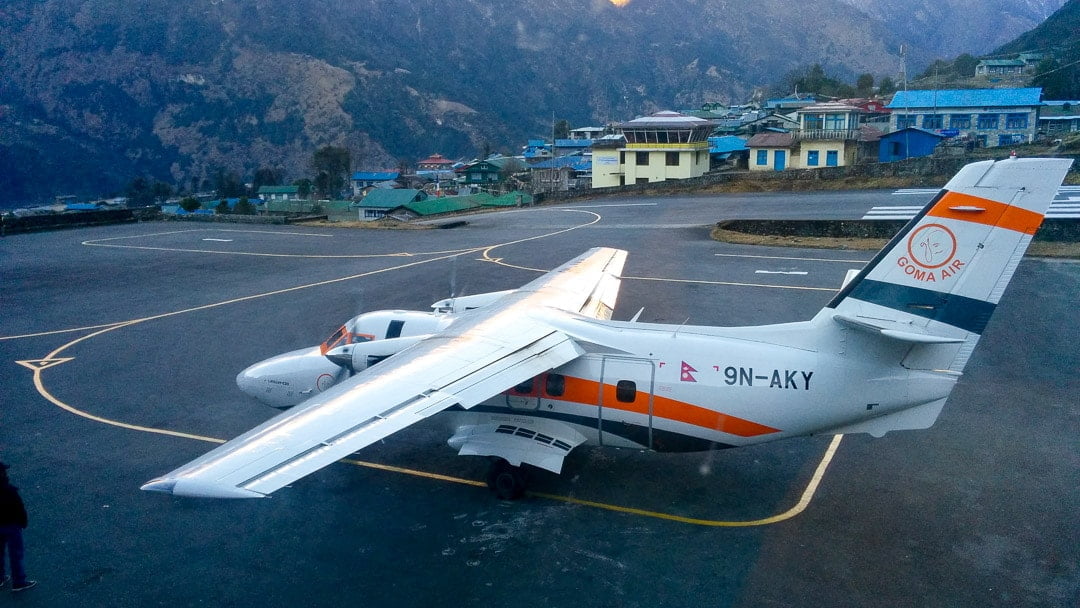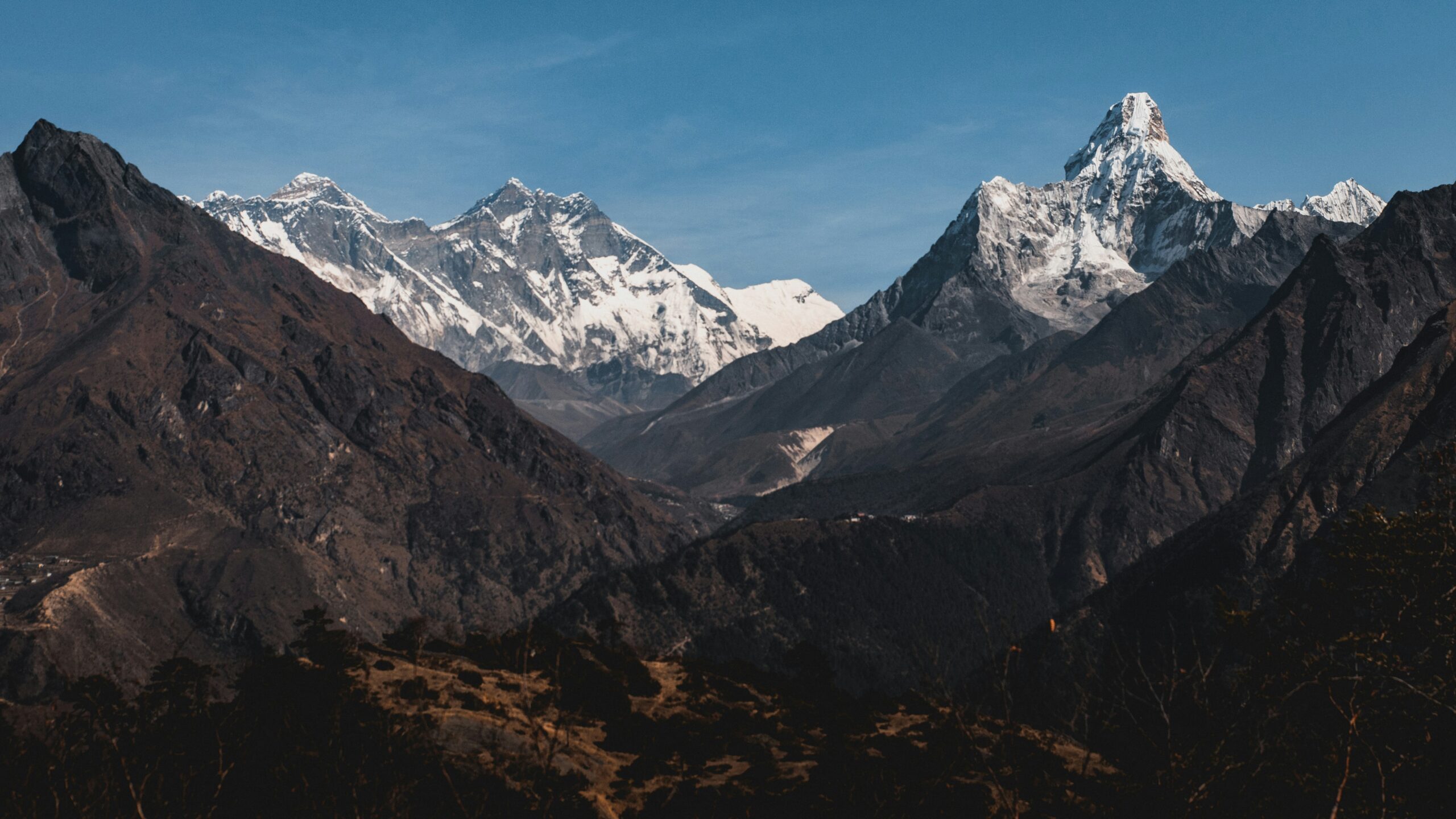The Golden Triangle North India Tour – 7 Days includes the three well-known and culturally rich towns of India – Delhi, Jaipur, and Agra. The tour provides you with many facades of India – from the modern fast lifestyle of the cities to the slow and serene pace of the Middle age villages. Especially, the tour focuses on the cultural and personal lives of the Moghul Emperors of India. Visit such places as the Taj Mahal – India’s most visited monument of Love, the colorful town of Jaipur, and the medieval and modern mixture in Old and New Delhi. Also visit various historic and cultural sites like the tall minarets, palaces, majestic temples, and forts that have been delights of travelers since the earliest times.
The Golden Triangle North India Tour – 7 Days starts with arrival and sightseeing of Delhi. From Delhi, we head for the colorful city of Jaipur. Then we visit Agra of the Taj Mahal fame. The 7 days Golden Triangle concludes at Delhi again, from where you will fly to your onward destination.
Important Note :
Your safety is of paramount importance to us at the Alpine Club of Himalaya. We have the absolute authority to cancel the trip or change the itinerary, when deemed necessary or when we have reason to believe your safety is at stake. Weather conditions, the health condition of a group member, natural disasters, and such, can contribute to changes in the itinerary when traveling in remote mountainous regions. In these extreme situations, we kindly request that you offer your full co-operation to the trusted leader of the group appointed by Alpine Club of Himalaya. However, we assure you that we will make every effort to keep to the above itinerary.


















Write a Review